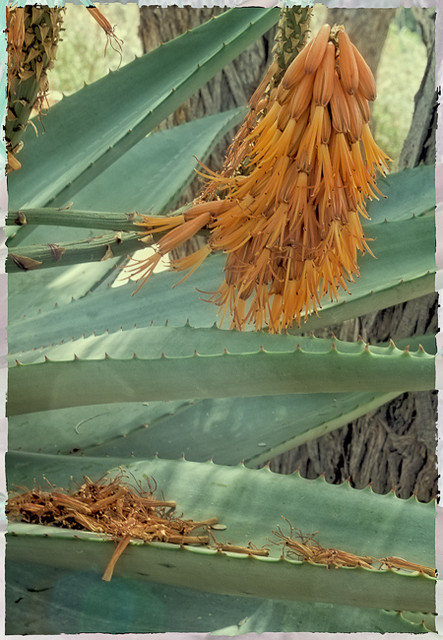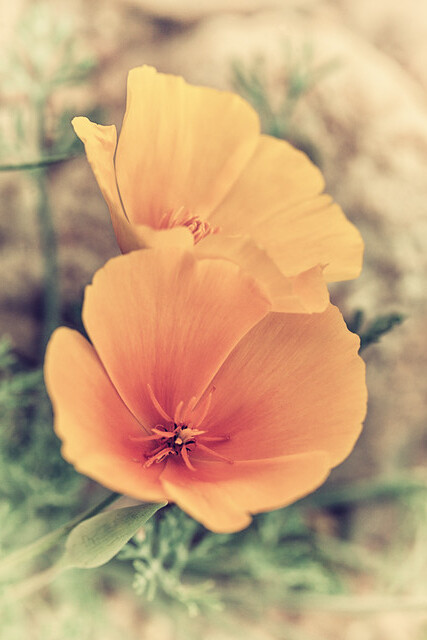When one tugs at a single thing in nature, he finds it attached to the rest of the world. ~ John Muir
The claret cup hedgehog cactus has one of my favorite early blooms – a deep orange cup that attracts hummingbirds as pollinators. Every time I see the claret cup in bloom, with a hummer dances at its edges, I laugh in delight.
It is the only cactus in Arizona pollinated by hummingbirds. The hummingbirds stick their entire heads into the cup to get a drink of nectar, and get their heads dusted with yellow pollen for their efforts. I love to see the hummers with foreheads of pecks of pollen after they’ve gotten their fill from a few claret cups.
Unlike many cacti whose blossoms close in the evening and last only a day or two, the claret cup flowers stay open day and night and can last three to five days. It’s a cactus that isn’t stingy with its beauty.
—————-
Bo Mackison is a photographer and owner of Seeded Earth Studio LLC. She continues to discover beauty and inspiration while exploring the Sonoran Desert.











